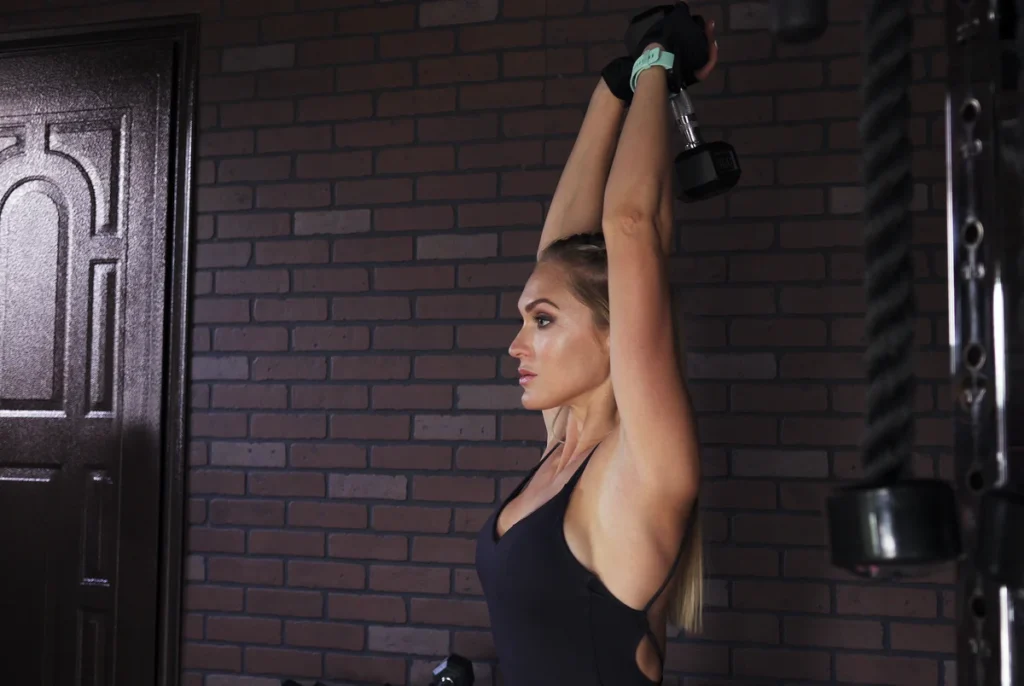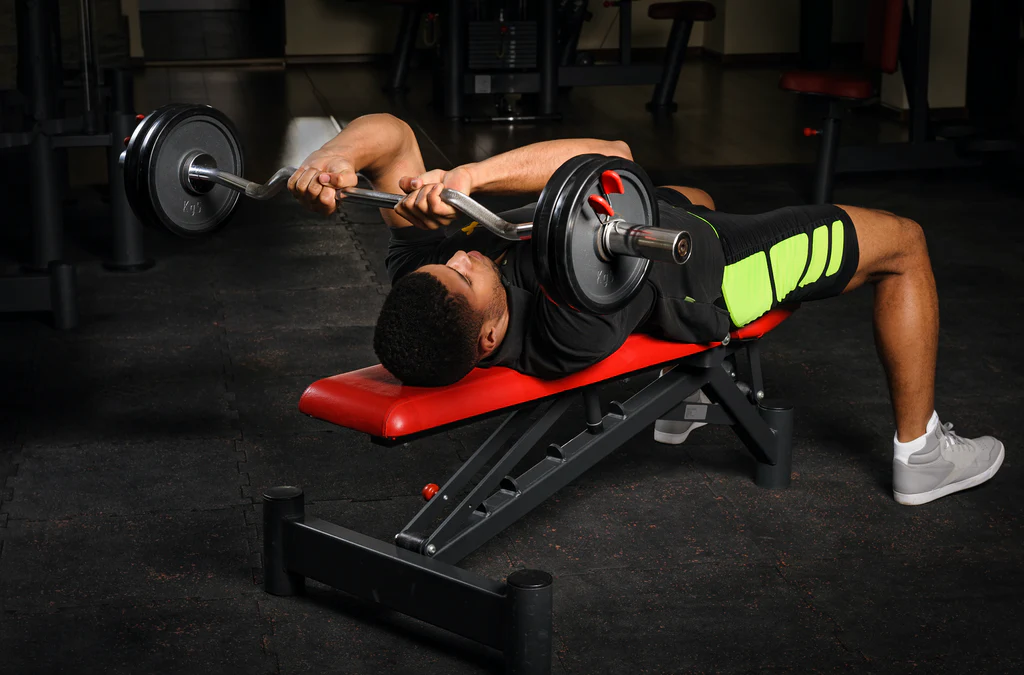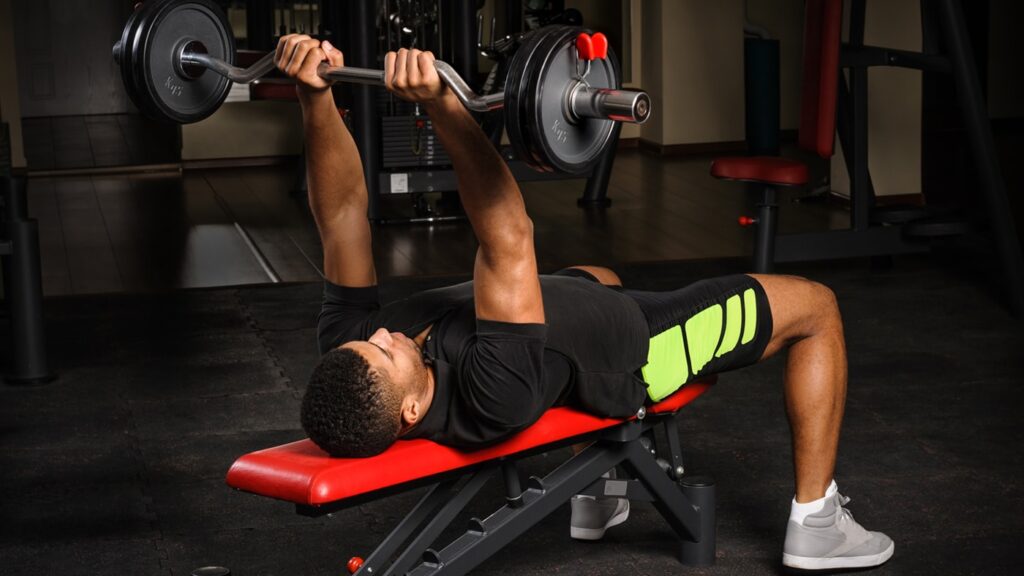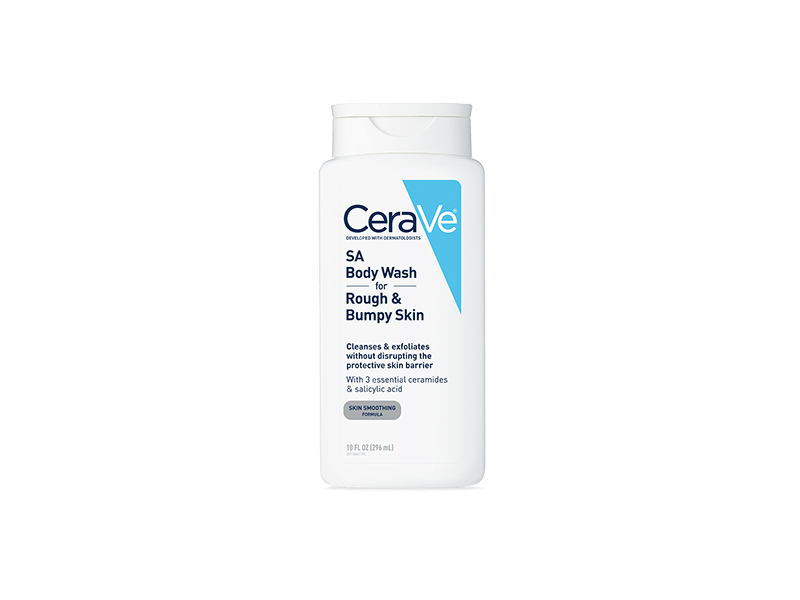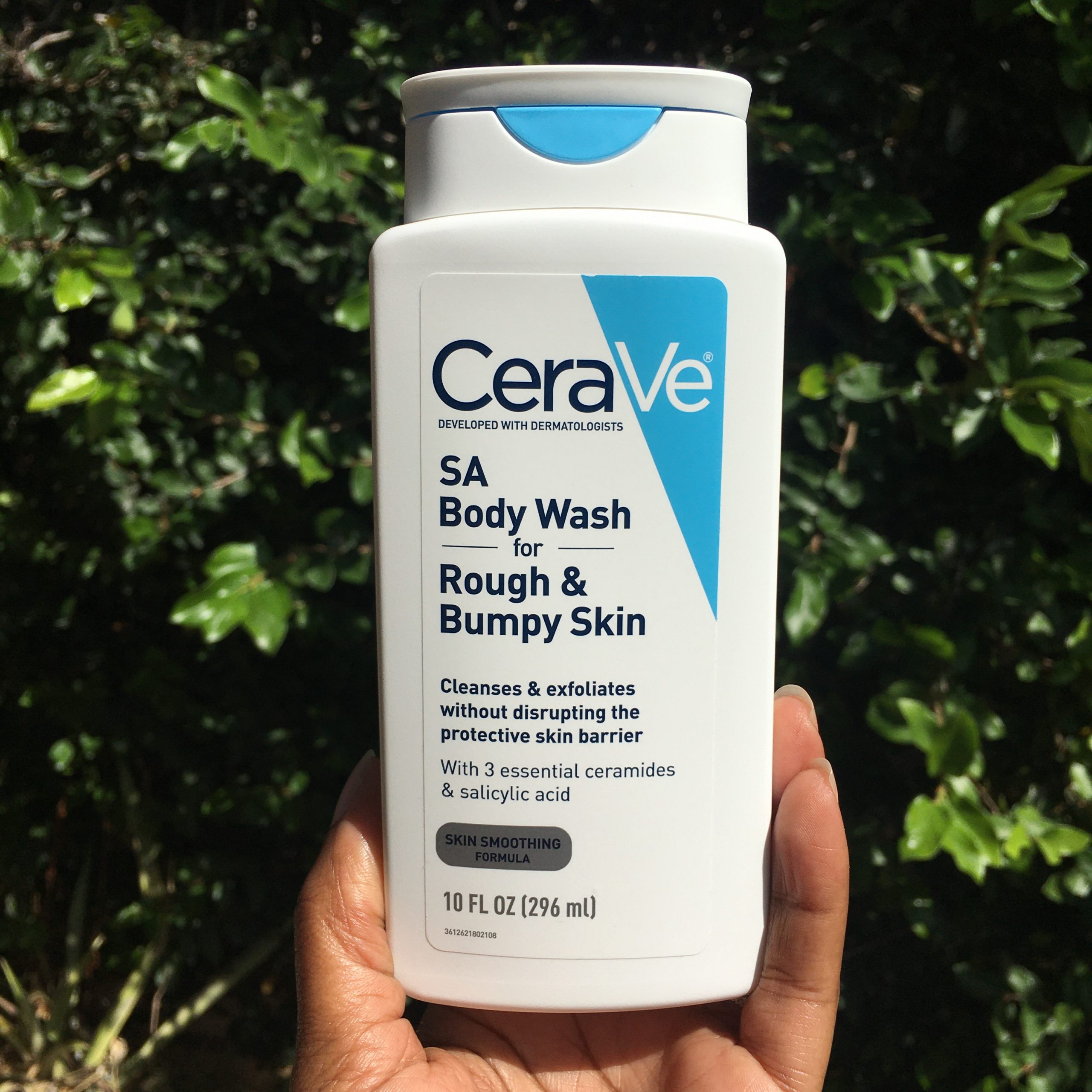French Press Workout – If you’re chasing bigger, more defined arms, chances are you’ve focused a lot on biceps curls.
But here’s the truth: your triceps make up two-thirds of your upper arm size, and ignoring them means leaving serious gains on the table. Enter the French press workout—a classic, no-nonsense triceps move that delivers results.
This guide breaks down everything you need to know about the French press exercise, including its benefits, proper form, variations, and how to fit it into your routine.
What Is the French Press Exercise?
The French press—also known as the skull crusher or overhead triceps extension—is a strength training movement that targets the triceps brachii, the muscle group on the back of your upper arm.
Traditionally performed with an EZ curl bar, dumbbells, or a barbell, the French press involves extending the arms overhead or while lying down to isolate the triceps through a full range of motion.
Muscles Worked in the French Press
The French press mainly targets
Triceps brachii (long, lateral, and medial heads)
Stabilizing muscles like the deltoids and forearms
It’s a single-joint isolation exercise, which means the elbow is the only joint moving, allowing you to hone in on the triceps.
Benefits of the French Press Workout
Adding the French press to your workout routine has several benefits:
- Builds Arm Size and Strength
This movement allows for heavy loading, especially with the EZ curl bar or barbell, helping to build serious triceps mass.
- Improves Upper Body Stability
Because it requires good control and elbow stability, it strengthens supporting muscles too.
- Enhances Pressing Performance
Stronger triceps mean more power in compound lifts like the bench press, overhead press, and dips.
- Great for Isolation
Perfect for finishing off a push day or arm day workout, the French press can thoroughly fatigue the triceps for optimal hypertrophy.
How to Do the French Press (Step-by-Step)
Let’s walk through the most common version: the lying French press with an EZ curl bar.
Starting Position:
Lie flat on a bench with your feet planted.
Hold the EZ bar with a narrow grip (palms facing forward).
Extend your arms above your chest, elbows locked but not hyperextended.
Execution:
Lower the bar slowly toward your forehead or slightly behind your head, keeping your elbows tucked.
Go down until you feel a full stretch in the triceps.
Push the bar back up, focusing on extending the elbows without letting them flare.
Pro Tip: Keep your elbows stable throughout the movement to avoid shoulder engagement and stay triceps-focused.
Common Mistakes to Avoid
Avoid these errors to get the most out of your French press workout:
- Flaring the elbows—this shifts focus to the chest and shoulders.
- Using momentum, control the movement to fully activate the triceps.
- Lowering too fast — Increases injury risk and reduces effectiveness.
- Poor wrist alignment — Keep wrists straight to avoid strain.
French Press Variations to Try
You don’t have to stick to just one style. Here are some great alternatives and progressions:
- Dumbbell French Press (Seated or Lying)
Great for isolating each arm and improving balance.
- Cable French Press
Offers constant tension throughout the entire movement.
Allow for heavier loads but require more control.
- Kettlebell Overhead French Press
A unique grip challenge that also works your stabilizers.
Sample Triceps Workout Including French Press
Here’s how you can integrate the French press into your routine:
Triceps-Focused Arm Day
Close-Grip Bench Press – 3 sets x 8 reps
French Press (EZ Bar) – 3 sets x 10–12 reps
Triceps Dips – 3 sets x failure
Rope Pushdowns – 3 sets x 15 reps
Tip: Perform the French press after your compound lift to pre-exhaust your triceps before moving into higher-rep isolation work.
When and How Often to Do the French Press
Frequency: 1–2 times per week is enough for most lifters.
Recovery: Give your triceps 48–72 hours of recovery before hitting them again.
Progression: Gradually increase the weight or reps as you get stronger.
Final Thoughts
The French press workout is a powerful, underrated move that deserves a spot in your triceps training arsenal. With its focus on isolation and ability to build strength and size, it can take your arm gains to the next level when performed correctly and consistently.
Remember: Train smart, focus on form, and don’t skip triceps day. Your future arms will thank you.

